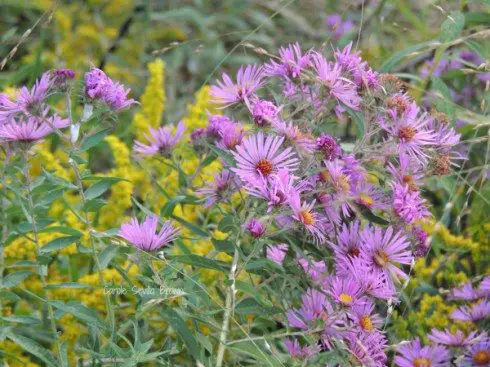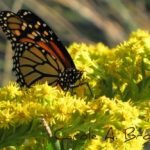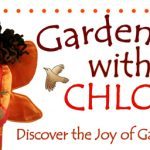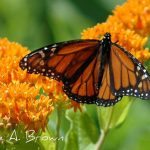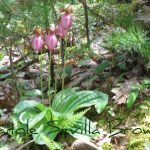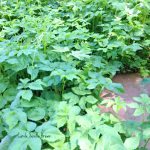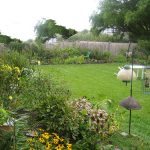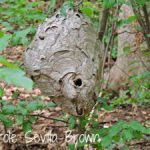What should I plant?
This is the most frequently asked question I get asked as I travel around the country speaking at conferences and giving workshops about Ecosystem Gardening for Wildlife.
But the answer to this question is not as simple as you may think. There is no one-size-fits-all answer. But instead this answer depends on many factors, chief of which is where do you live? The best plants for your wildlife garden will be native to your local area.
What works in my Pennsylvania wildlife garden will most certainly not be a good fit in your Arizona wildlife garden.
Pennsylvania native plants for your wildlife garden:
1. Eastern Redbud (Cercis canadensis)
2. Common Milkweed (Asclepias syriaca)
3. Wild Columbine (Aquilegia canadensis)
4. Beebalm (Monarda didyma)
5. Wild Bergamot (Monarda fistulosa)
6. Black-Eyed Susan (Rudbeckia hirta)
7. Wild Strawberry (Fragaria virginiana)
8. White Wood Aster (Eurybia divaricata)
9. Swamp Milkweed (Asclepias incarnata)
10. New England Aster (Symphyotrichum novae-angliae)
These plants are ideal for a wildlife garden in Pennsylvania because they provide food, shelter, and nesting sites for many beneficial insects, birds, and wildlife. In addition, they are native to the area and will thrive in the local climate. Redbuds attract birds, bees, and butterflies, while milkweed is an important source of food for Monarch butterflies. Wild Columbine provides nectar for hummingbirds and bees and its striking flowers are a delight to the eye. Beebalm and Wild Bergamot are easy to grow and attract bees and hummingbirds. Black-eyed Susans provide food for birds and beneficial insects, while Wild Strawberry is a favorite for birds, small mammals, and humans alike. White Wood Aster, Swamp Milkweed, and New England Aster are all important sources of nectar for pollinators and beneficial insects.
Arizona native plants for your wildlife garden:
1. Saguaro Cactus (Carnegiea gigantea): The iconic saguaro cactus is native to the Sonoran Desert and is a great addition to any wildlife garden. Its towering stature can provide food, shelter and nesting sites for a variety of wildlife species.
2. Prickly Pear Cactus (Opuntia): Prickly pear cactus is a drought-tolerant plant that provides food, nesting sites and shelter for birds, lizards and other wildlife species. The bright yellow flowers provide a splash of color to your garden and will attract bees and butterflies.
3. Barrel Cactus (Ferocactus wislizeni): The barrel cactus is a low-maintenance, native cactus that can tolerate extreme heat and drought. Its abundant fruit provides food for birds and mammals, while its spines protect it from predators.
4. Creosote Bush (Larrea tridentata): This evergreen shrub is an important food source for many desert birds and mammals. It also provides nesting sites and shelter, and its fragrant yellow flowers attract bees and butterflies.
5. Desert Marigold (Baileya multiradiata): This native flower is a great choice for a wildlife garden because it provides nectar for pollinators and food for birds in the form of its seeds. The desert marigold is also low-maintenance and drought-tolerant, making it a great choice for an arid climate.
Other factors to consider when choosing the best native plants for your wildlife garden:
- How much sun does your garden get throughout the day?
- What’s your soil like?
- How much moisture does your garden get?
- Where are the part-sun spots?
- What spots are in full shade?
- Where are the wet areas in your garden?
- Which areas dry out more quickly?
- Do you want to attract a specific butterfly?
- Do you want to support native bees?
- Would you like to see more birds in your wildlife garden?
Plants are expensive, so you don’t want to throw away your money without knowing the answers to all of these questions so that you can put the right plant in the right place with the knowledge that it will thrive there. You’ve got to do a bit of homework and make a plan for the native plants that will work best given the conditions in your garden and that are locally native to your region.
The absolute best way to begin to discover which native plants will work best in your wildlife garden is to connect with your local native plant society as well as nearby native plant nurseries.
These folks are passionate about native plants and love to share their knowledge with anyone who asks. Since their gardens are probably close by, they can give you the best answers about what will work best in your garden.
More From Ecosystem Gardening:
Submit your review | |

